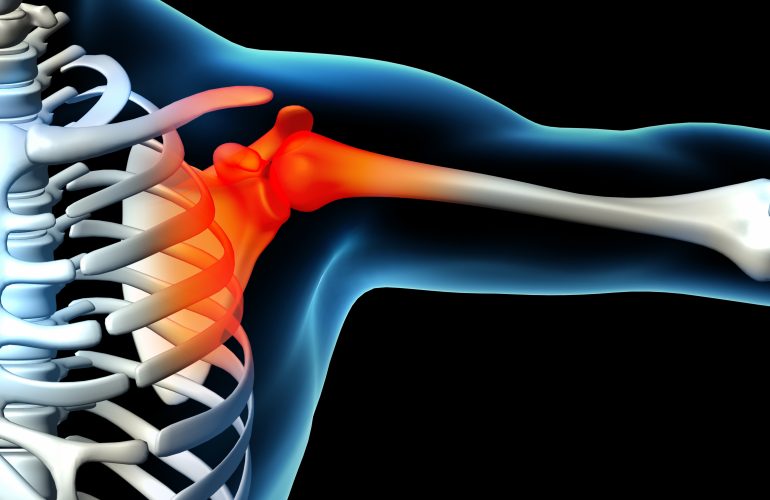Two words that didn’t have the same connotation years ago as they do today – pain management. Pain management is now a topic of controversy due to many factors including the opioid crisis in America. It is also a topic surrounded by both ethical and legal issues, dilemmas and questions. Did physicians over-prescribe pain medications? Are we a nation of doctor shopping and drug seeking individuals? Do some people legitimately require pain medications and then become addicted? See what I mean?
The Problem with Pain
Leaving the controversies for another time, pain is a real problem for thousands of people, young, middle aged and elderly. Pain many times goes completely unnoticed and undiagnosed, especially among the elderly. We know that pain is a highly subjective experience and is difficult if not impossible to prove. This makes the “Pain as the fifth vital sign” so controversial. Vital signs can be measured and for the most part pain cannot.
nt with ethically, morally and clinically sound care.
Looking for Nursing CEUs?
Try a Free Nursing CEU
What is Pain?
As I searched for a good medical definition of pain, I came across numerous definitions. The I
nternational Association of the Study of Pain states that pain is “An unpleasant sensory and emotional experience arising from actual or potential tissue damage or described in terms of such damage”. The American Academy of Pain Medicine defines it as “An unpleasant sensation and emotional response to that sensation”. From these definitions we can gather that pain is unpleasant, it is a sensation and it can be physical and emotional.
Pain Management
Just as there are many definitions of pain, there are also various definitions for pain management. Most definitions state that pain management encompasses pharmacological, nonpharmacological, and other approaches for the prevention, reduction, or the ceasing of pain sensations. Healthcare professionals on a pain management team would include physicians, nurses, physical therapists and perhaps hospice care givers for end of life care. A goal in pain management is to obviously reduce pain but it is also meant to increase quality of life.
Causes of Pain
To make the diagnosing and treating of pain even more challenging, there are so many conditions that cause pain including injury, surgery, and various diseases and illnesses. A simple lack of movement over time can cause pain. Sometimes, there is no clear explanation for pain at all. Some physical causes of pain include arthritis, fibromyalgia, cancer, headaches, back problems, neck and shoulder problems, and neuropathic conditions.
Final Words on Pain Management
Sometimes pain is real and sometimes a person is seeking drugs. Healthcare professionals try their best to assess and measure pain. Sometimes pain can be diagnosed and at other times it cannot be done so easily or at all. Among the elderly, pain can go unnoticed and undiagnosed and cause greater problems later. Pain is not fun. It is unpleasant and can be felt physically and emotionally. You know what? Pain is a real pain.
More About Hospice
You may also be interested in more about Nursing
Looking for Easy, Online CEUs?
Find Hospice CEUs and many other subjects to fulfill your CE requirements.
Click here for Hospice CEUs

